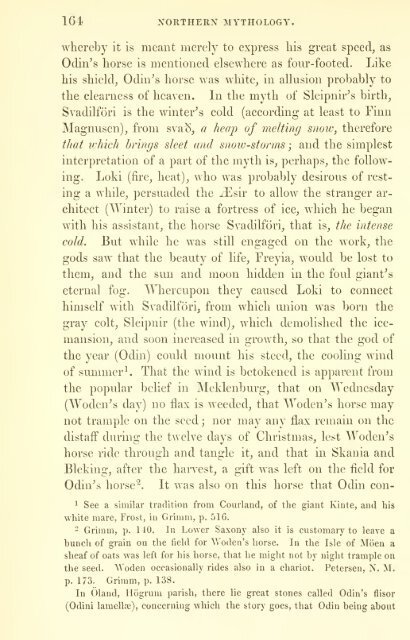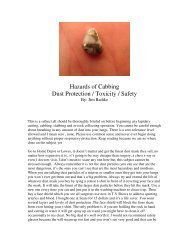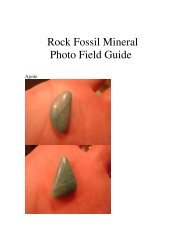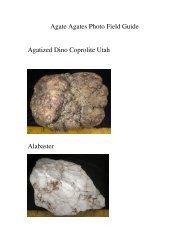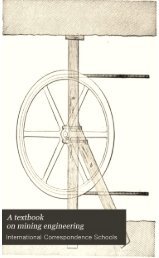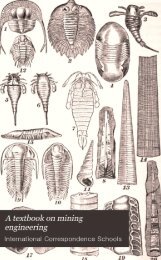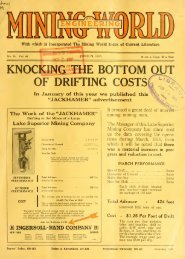Northern mythology
You also want an ePaper? Increase the reach of your titles
YUMPU automatically turns print PDFs into web optimized ePapers that Google loves.
164 NORTHERN MYTHOLOGY.<br />
whereby it is meant merely to express his great speed, as<br />
Odin's horse is mentioned elsewhere as four-footed. Like<br />
his shield,<br />
Odin's horse was white, in allusion probably to<br />
the clearness of heaven.<br />
In the myth of Sleipnir's birth,<br />
Svadilfori is the winter's cold (according at least to Finn<br />
Magnusen), from sva^, a heap of melting snow, therefore<br />
that which brings sleet and snow-storms ; and the simplest<br />
interpretation of a part of the myth is, perhaps, the following.<br />
Loki (fire, heat), who was probably desirous of resting<br />
a while, persuaded the iEsir<br />
to allow the stranger architect<br />
(Winter) to raise a fortress of ice, which he began<br />
with his assistant, the horse Svadilfori, that is, the intense<br />
CO<br />
cold. But while he was still en2:a2-ed on the work, the<br />
gods saw that the beauty of life, Freyia, would be lost to<br />
them, and the sun and moon hidden in the foul giant's<br />
eternal fog. "Whereupon they caused Loki to connect<br />
himself with<br />
Svadilfori, from which union was born the<br />
gray colt, Sleipnir (the wind), which demolished the icemansion,<br />
and soon increased in growth, so that the god of<br />
the year (Odin) could mount his steed, the cooling wind<br />
of summer ^ That the wind is betokened is apparent from<br />
the popular belief in Meklenburg, that on Wednesday<br />
(Woden's day) no flax is weeded, that Woden's horse may<br />
not trample on the seed ;<br />
nor may any flax remain on the<br />
distaff during the twelve days of Christmas, lest AYoden's<br />
horse ride through and tangle it, and that in Skania and<br />
Bleking, after the harvest, a gift was left on the field for<br />
Odin's horse^. It was also on this horse that Odin con-<br />
^ See a similar tradition from Courland, of the giant Kinte, and his<br />
white mare, Frost, in Grimm, p. 516.<br />
- Grimm, p. 140. In Lower Saxony also it is customary to leave a<br />
bunch of grain on the field for ^Yoden's horse. In the Isle of Moen a<br />
sheaf of oats was left for his horse, that he might not by night trample on<br />
the seed. \Yoden occasionally rides also in a chariot. Petersen, N. M.<br />
p. 173. Grimm, p. 138.<br />
In Oland, Hogrum parish, there lie great stones called Odin's flisor<br />
(Odini lamellae), concerning which the story goes, that Odin being about<br />
^


